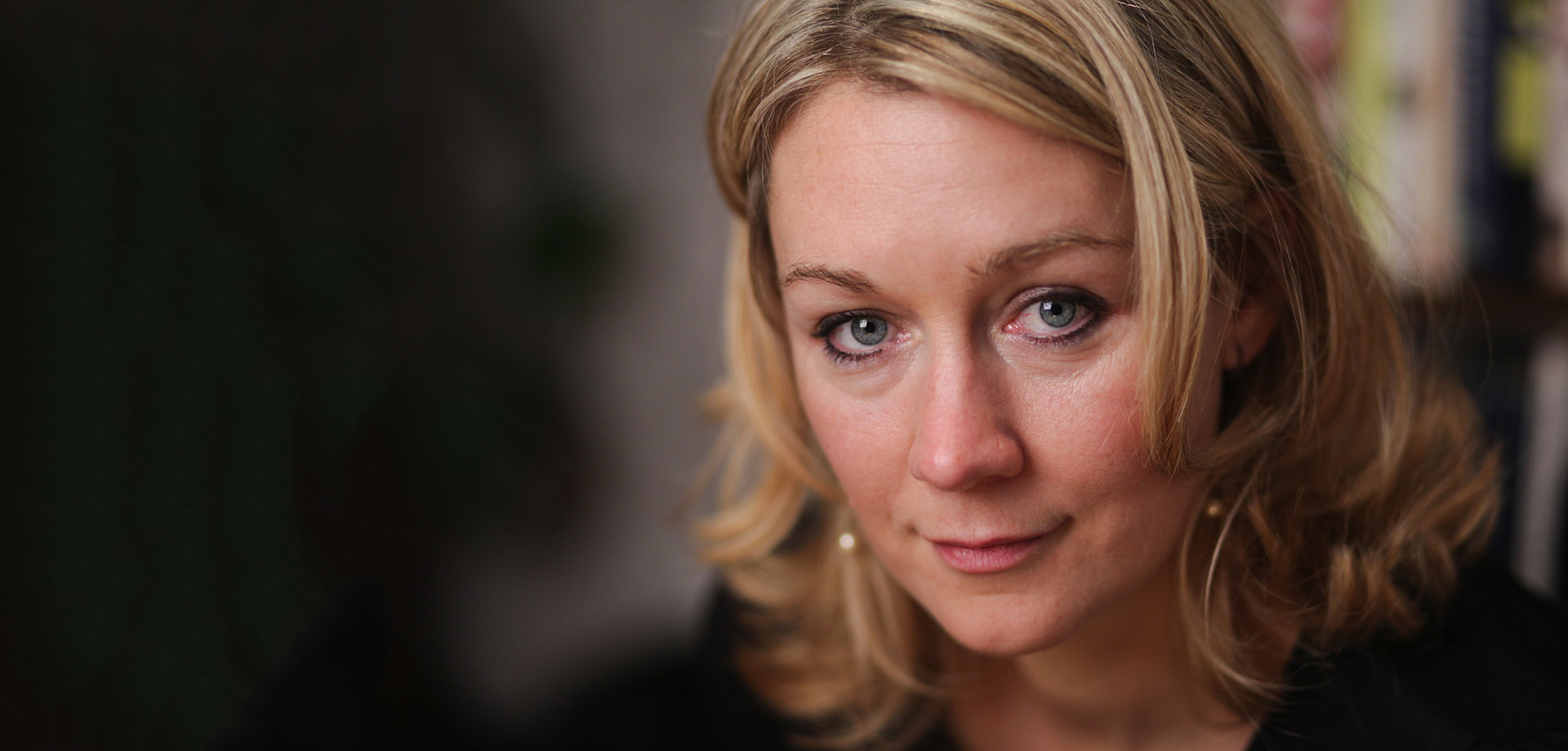The way I work: Anna Hope
The Manchester-born author writes about her impoverished great-great-grandfather, who was driven to a West Riding lunatic asylum with worry, and the story he inspired
Many authors say that they work to a plan when embarking on a novel, but I find I can’t. I start with the spark of an idea first – in the case of The Ballroom this was a single image – then characters begin to emerge, and last of all, the plot.
This has advantages and disadvantages, as you might imagine. It can be a bit like a tightrope act with no safety net – turning up at the desk day after day with no idea of where the book is going. On the other hand it feels essential to me to keep things feeling fresh and exciting, particularly with a first draft. I’m really interested in the idea of the unknown, in allowing myself to sit – often for a long time – with not knowing how something is going to turn out. It can be hard. I didn’t know how to end The Ballroom, for instance, until I’d been working on it almost daily for two and half years.
There are crucial ways of grounding yourself when working like this. Discipline, of course is one – making sure that you keep going, whatever the voices in your head might be telling you. Research is also hugely important, particularly for fiction set in the past, and for a book like The Ballroom, which takes place in a huge asylum in the West Riding of Yorkshire, a strong sense of place is vital too.
There was a family connection with this book. The asylum, called Sharston in the novel, is based on what was the West Riding Pauper Lunatic Asylum, where my great-great-grandfather, an Irishman, had died. I hadn’t known anything about his story until I stumbled across a note in the 1911 Census stating he was a patient there, but when I searched the internet I found an online archive dedicated to the place, a huge, purpose-built complex with 600 acres of land, sitting on the eastern tip of Ilkley Moor. The asylum looked bleak and forbidding enough for any number of novels, but it was reading that archive when I first saw the pictures of the spectacular ballroom at the building’s heart. This was the image that really sparked the novel – the contrast between what I imagined of the patients’ lives and this beautiful room where, I learned, the men and women would gather weekly to dance together, struck me so strongly I knew I had to write about it. The idea of a love story between two patients, Ella and John, began to emerge.
I read widely as I wrote, from the original casebooks that were kept for each patient, to the extensive records on Edwardian attitudes to mental illness that are held in London’s Wellcome collection. When I eventually accessed my great-great-grandfather’s records I found them to be incredibly moving. He was a man suffering from what was deemed to be melancholia, but really he seemed to have been sent out of his mind by poverty and worry over work. I took many of the biographical details of his life for the character of John in the book – his coming from the west of Ireland to find work in Liverpool as a young man, his melancholia, but my hero, John, is a fictional character. Similarly I renamed the asylum Sharston – just as much as I needed to research extensively I also wanted the greater freedom fictionalisation allows.
I love a good walk, and it was a real pleasure to get away from the desk and explore the area in which the novel is set. I went many times to the old asylum buildings, now being converted into flats and houses, and up onto Ilkley Moor, a magical landscape littered with boulders with ancient carvings of which no one quite knows the meaning. I really wanted this wild, ungovernable landscape to infuse the novel. One of the book’s major themes is that of the pseudo-science of eugenics, hugely popular across the political spectrum in 1911, and something one of my main characters, the doctor Charles Fuller, tussles with. 1911 was a fascinating year, when many in the ruling class in Britain (including Winston Churchill, Home Secretary at the time) were trying to find ways to control the fertility of the “feeble minded”, a dangerously elastic category that might include anyone from unmarried mothers to those who were seen to be “congenital paupers”. I really loved the idea that there’s something wild on those moors, just waiting to burst through that thin veneer of “civilisation”. It’s a wildness that affects all my characters as the heatwave summer of 1911 progresses, turning a love story into a love triangle, and the asylum into a cauldron in which all sorts of forbidden desires begin to rise to the surface and make themselves felt.
The Ballroom by Anna Hope is out now (Doubleday, £12.99/Audible, £19.99)
Photo: Jonathan Greet

Leave a reply
Your email address will not be published.